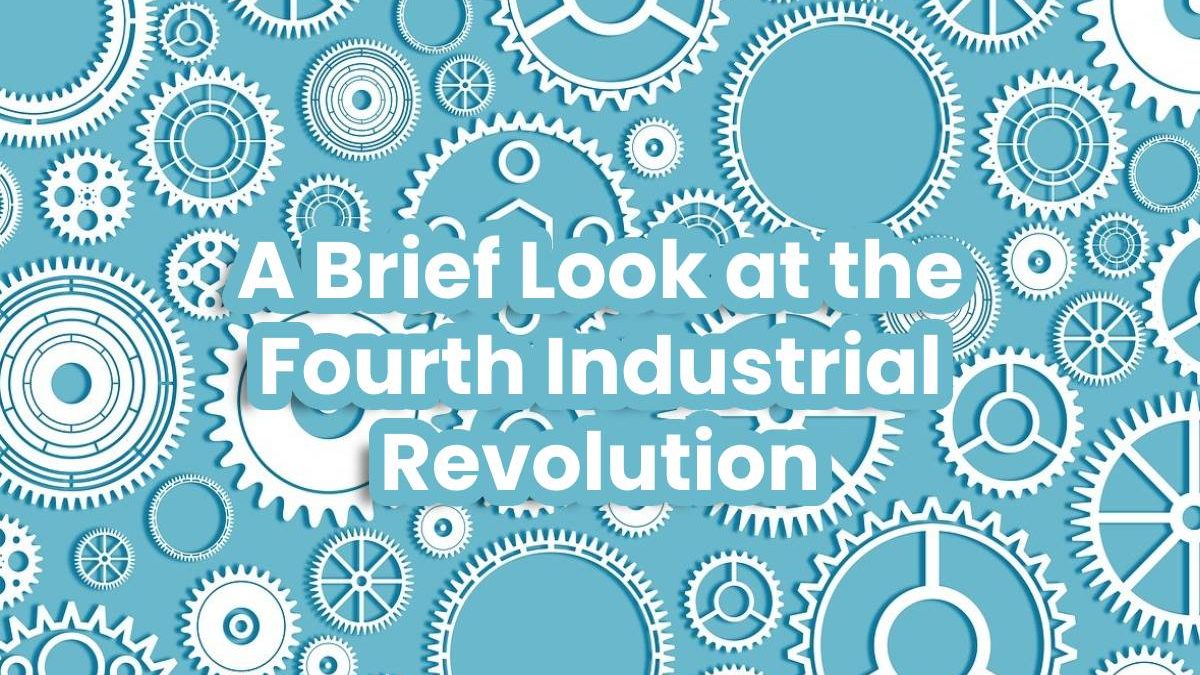A Brief Look at the Fourth Industrial Revolution
Through the medium of the World Economic Forum (WEF), politicians and corporate leaders are preparing society for a technological revolution, what has been termed by Klaus Schwab the “Fourth Industrial revolution.” If their pronouncements and predictions come to pass, it will mean significant changes to everyone’s personal lives, including industries like the real estate and investment sector.
It seems we are on the cusp of a technological revolution of immense significance that is set to transform everything we do; from the way we live to how we work. The scale and scope of the anticipated transformation is unprecedented in human history.
- The First Industrial Revolution: the use of water and steam for power
- The Second Industrial Revolution: characterised using electricity and mass production.
- The Third Industrial Revolution: electronics and IT for the purpose of automation
- The fourth industrial revolution: by building upon the third. It can be understood as involving and integrating the physical, digital, and biological.
As technology and knowledge have progressed, it has allowed for further progress to be sped up in an exponential process. Ray Kurzweil calls this the “Singularity.” The speed of current technological innovation and breakthroughs is historically unprecedented. No industry will be left untouched by the Fourth Industrial Revolution; there will be a mix of both disruptions and transformations.
The range of emerging technologies that have yet to make their full impact include:
- AI and machine learning
- Robotics
- Internet of things (IoT) and cloud computing
- Autonomous vehicles
- 3-D printing (additive manufacturing)
- Nanotechnology
- Biotechnology
- Material science
- Energy storage
- Quantum computing
- Augmented reality and virtual reality
“AI technology is already becoming ubiquitous; it can be found in mobile phones and self-driving vehicles,” said Jamie Johnson, CEO of FJP Investment. “It can even be found in things like translation software or investment software.
Indeed, high-frequency trading (HFT) uses AI and machine learning to automatically transact large numbers of orders in a split second.”
AI technology doesn’t come without its warnings from entrepreneurs like Elon Musk, who thinks that the safest way to implement AI is to merge with it. Engineers, designers, and architects are combing an assortment of these technologies to bring about an integration of biology, the products we consume, and even the buildings that we work and live in.
Pros and cons
If managed well, the technologies of the Fourth Industrial Revolution offer huge opportunities for raising living standards around the world. So far, it has been those who are connected to the digital world that have had the most benefit. Everything from booking a flight, to online gaming, or watching a movie, can now be done remotely.
Meanwhile, as some economists have warned about, this technological revolution holds the potential for greater inequality, especially regarding upending the labour markets. Automation in particular means that many jobs are at risk, including both skilled and unskilled work, resulting in a greater disparity in the concentration of wealth between capital and labour. This implies that social tensions and unrest could arise as a result.
Inequality is a major concern regarding the technological revolution and will only increase in severity since technology innovation is a primary reason why incomes have stagnated, and even decreased, for most people living in affluent countries. The reason for this is that highly skilled workers are in greater demand, but the demand for less-educated workers has decreased.
In conclusion, while the coming technological revolution is inevitable and offers a lot of opportunities for the whole world, in terms of both prosperity and managing environmental issues, it will also come with many challenges that will have to be met to ensure that issues like inequality and job satisfaction are effectively handled for the benefit of all.

